Equipment for the NorthCape4000: everything I learned on the road to North Cape
The following interview was conducted with Andrea Borchi, who participated in the NorthCape4000 2025 edition starting from Berlin.
Andrea completed the route of approximately 3,000 kilometers in 14 and a half days. He already had several cycling trip experiences but had never tackled an adventure of this length and intensity.
From the preparation phase, he adopted a very methodical approach: he had booked all the accommodations along the route, building a precise travel schedule.
He managed to stick to every stage without ever missing an overnight stay.
A choice that on one hand simplified the logistics during the trip — avoiding the fatigue of searching for accommodation every evening — but at the same time carried an obvious risk: one setback or delay was enough to throw off the entire plan, with the possibility of losing reservations and complicating the rest of the journey.
Tackling the NorthCape4000 means crossing half of Europe by bicycle, for over 4000 kilometers, in complete autonomy. In such a long journey, every equipment choice matters, not only what you bring, but also what you decide to leave at home.
And this article was born from that very experience, testing every detail of the gear, discovering what works, what's superfluous, and what must never be left behind.
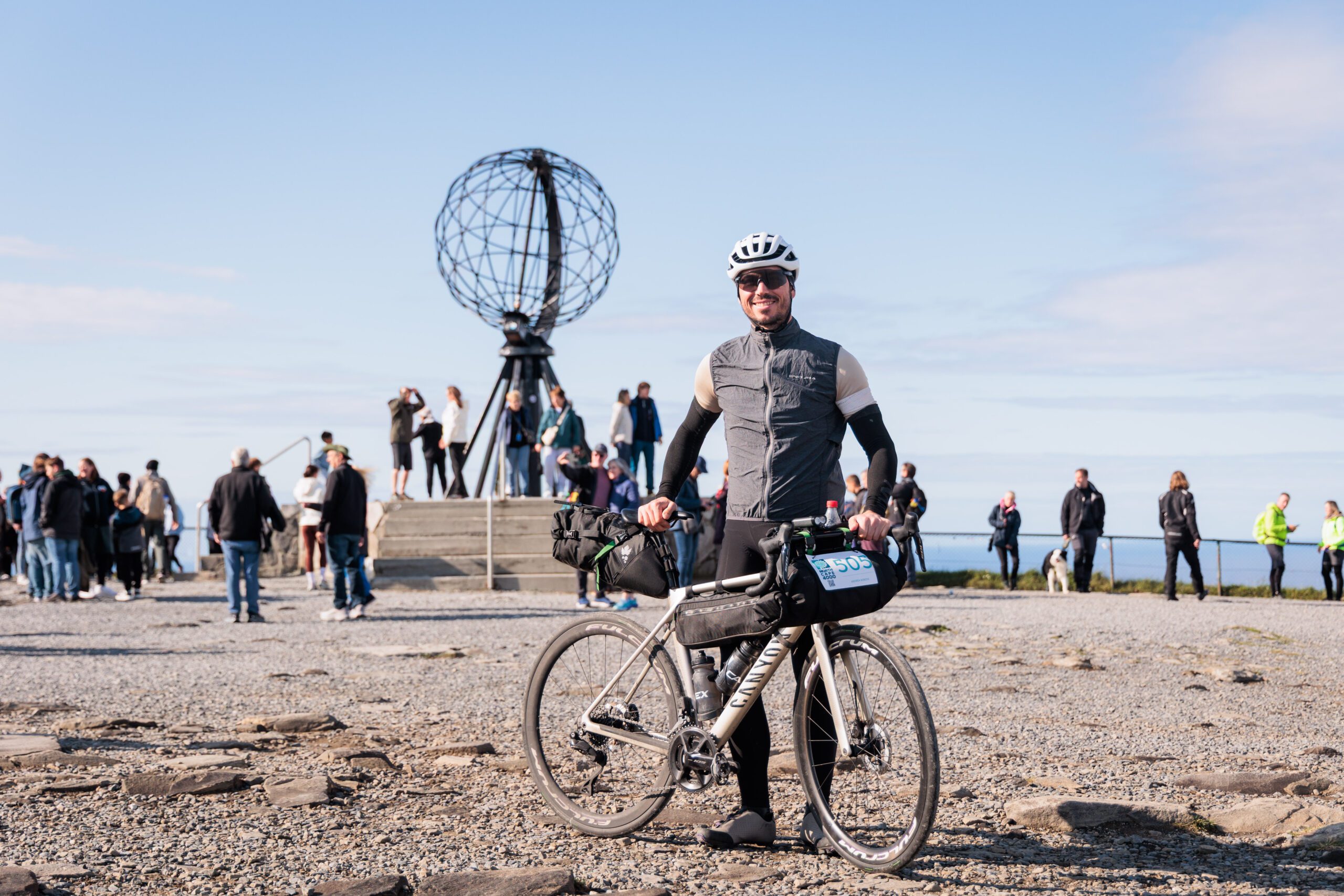
What was your approach to the NorthCape4000 from a gear perspective?
My approach was clear from the start: travel as light as possible.
I decided to completely forgo camping gear: no tent, no sleeping bag, no sleeping pad. I always slept in accommodations, such as hotels or B&Bs, and ate along the route without carrying stoves or pots. This allowed me to reduce the overall weight and focus only on the essentials, maximizing the efficiency of each single day.
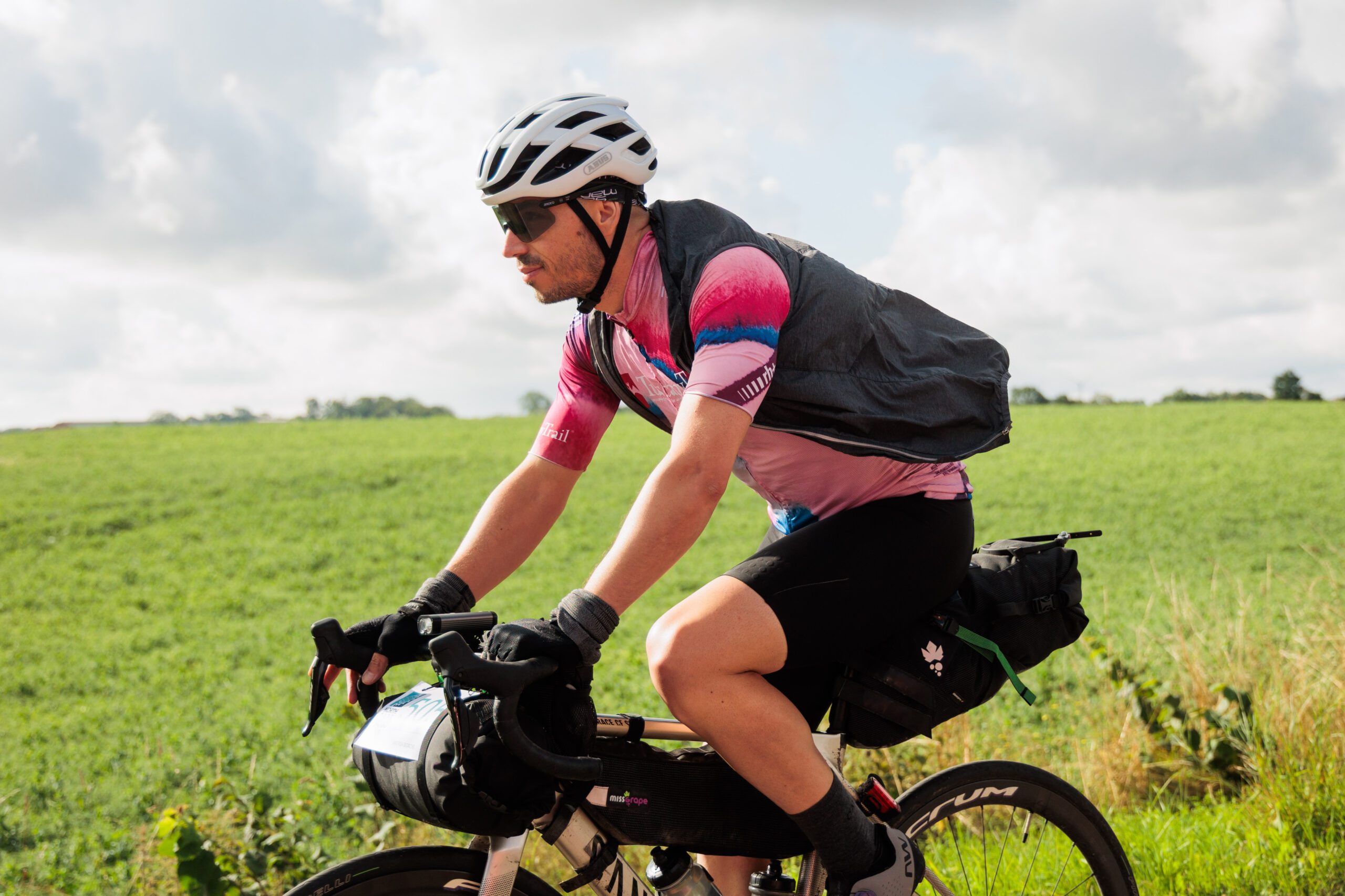
The goal wasn't to "be ready for everything," but to be ready for what's actually needed.
Basic Equipment
Here's the complete kit I brought with me at the start.
Saddle bag 20 liters
Handlebar bag 10.7 liters
Frame bag
Two feed bags next to the handlebar mount
Two side-pull bottle cages + two 550 ml bottles
cycling glasses
short gloves
Short-sleeved cycling jersey
Short-sleeved merino wool cycling jersey
2 short cycling shorts
Lightweight sleeveless technical underwear
Cycling shoes with MTB cleats (safer for traveling)
2 pairs of merino wool socks, 1 pair of cotton socks
arm warmers
leg warmers
windproof vest
Gore-tex waterproof jacket
waterproof long pants
Short-sleeved merino wool base layer
Long-sleeved merino wool shirt
Waterproof helmet cover
waterproof glove covers
waterproof shoe covers
waterproof socks
Emergency down jacket (which I never ended up using)
Winter gloves,
merino wool t-shirt for "civilian" use and for sleeping
Long civilian pants
Bandana
1 pair of underwear
Flip-flops
small shower towel
Foldable backpack (essential!)
Reflective suspenders
waterproof bags for spare parts
toothpaste,
dental floss,
body wash/shampoo
Pre-ride chamois cream
restorative post-ride chamois cream for nighttime
Intimate wet wipes
earplugs
Lip balm,
disinfectant,
bandages,
sunscreen
Painkillers
broad-spectrum antibiotic
Backup GPS
Front light
Rear light
4 charging cables (GPS, 2 lights, and phone)
Multi-plug with 4 USB outlets
Cable for charging electronic shifting
App for monitoring shifting battery
3 inner tubes,
Tire levers
patches,
zip ties,
electrical tape,
Multitool
Chain oil,
tire repair sticker
Torque wrench for bike reassembly
Lightweight lock
bike-specific tool
dried fruit,
amino acids
Fork/spoon
knife
2 debit cards
valid documents
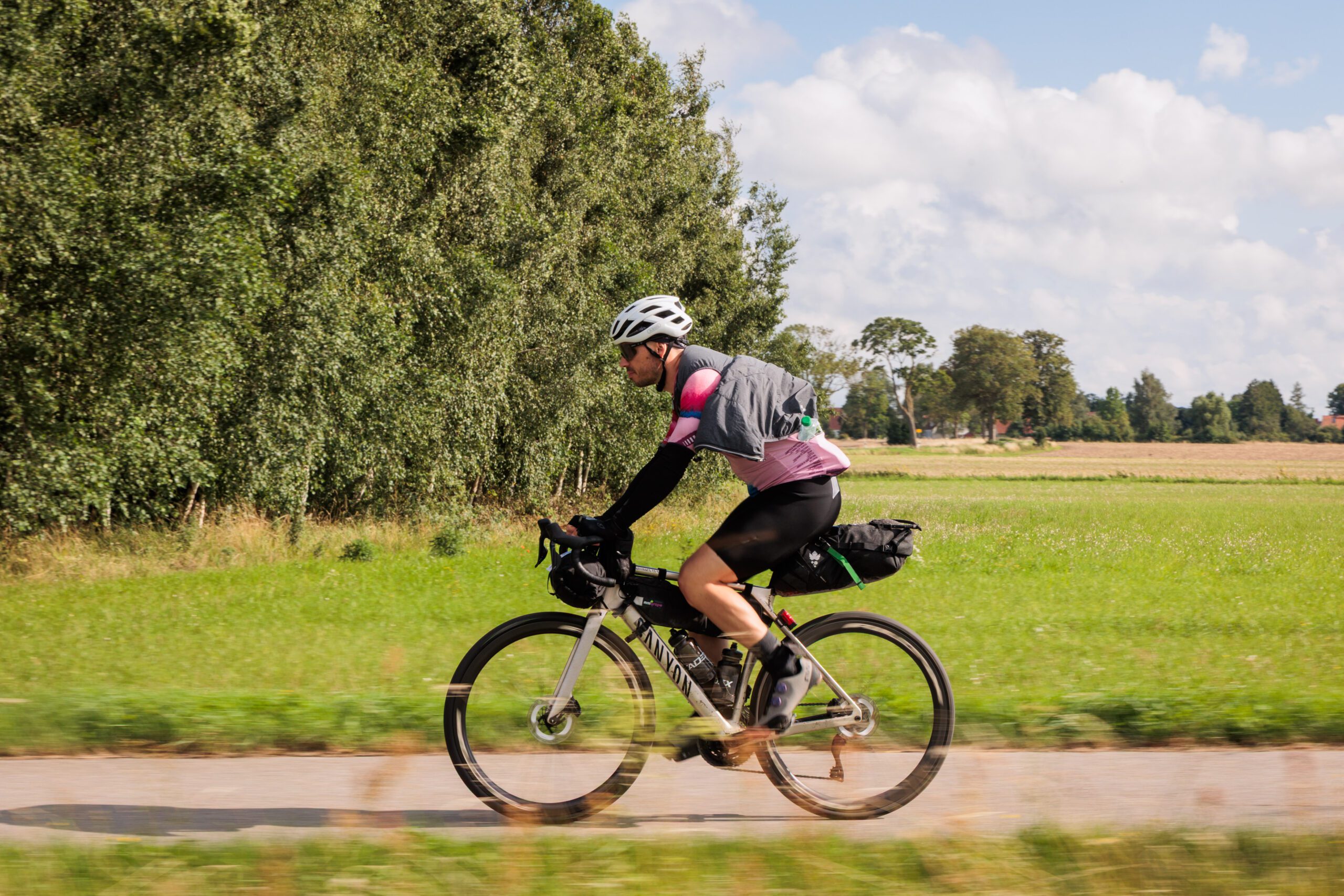
How did you organize the weight distribution and objects?
I followed a logic of convenience and accessibility.
The handlebar bag was the "most inconvenient" to use, so I put things in it that I touched the least: emergency down jacket, heavy and waterproof clothing (pants, socks, glove covers, thermal shirt).
The frame bag, on the other hand, was my operational base. Inside were the foldable backpack, tools, medicines, toothpaste and toothbrush, and also food, because in Scandinavia you find ready-made baguettes, perfect to slip into that long, narrow bag.
In the saddle bag I kept everything else: spare parts, waterproof jacket, sleeping gear, towel, flip-flops... everything that wasn't needed during riding.
Finally, in the two bags at the handlebar I kept things I needed immediately at hand: in one a bottle to have extra water or a can of Coca-Cola or Red Bull (in addition to the two 550 ml bottles), in the other food, headphones, or phone.
One warning: with rain, water easily gets into those little bags, so only put in things that can get wet without problems.
Did you have to change anything in the bag arrangement during the trip?
No, the setup was already tested from previous trips.
The only adjustment was moving some heavy garments to the saddle bag when temperatures dropped.
The evening routine was always the same: I'd detach the saddle bag, leave the handlebar bag attached, collect the small items from the frame bag and the bags at the handlebar mount into the foldable backpack, and bring everything to the room.
The little backpack is truly a must-have: small, lightweight, and perfect for carrying food or scattered items without going crazy.
Did you need to carry extra food or water?
Often.
It was mainly needed for breakfast, because I woke up at 5 and at that hour no one serves anything.
The evening before I would stop at a market and buy breakfast, water, and if necessary, something for dinner.
To transport all this I used the foldable backpack: extremely light, economical, and incredibly useful.
It's not made for riding hours with weight on your back, but when needed it allowed me to carry several kilos of water and food. Without it, it would have been impossible, because the bags were already always full.
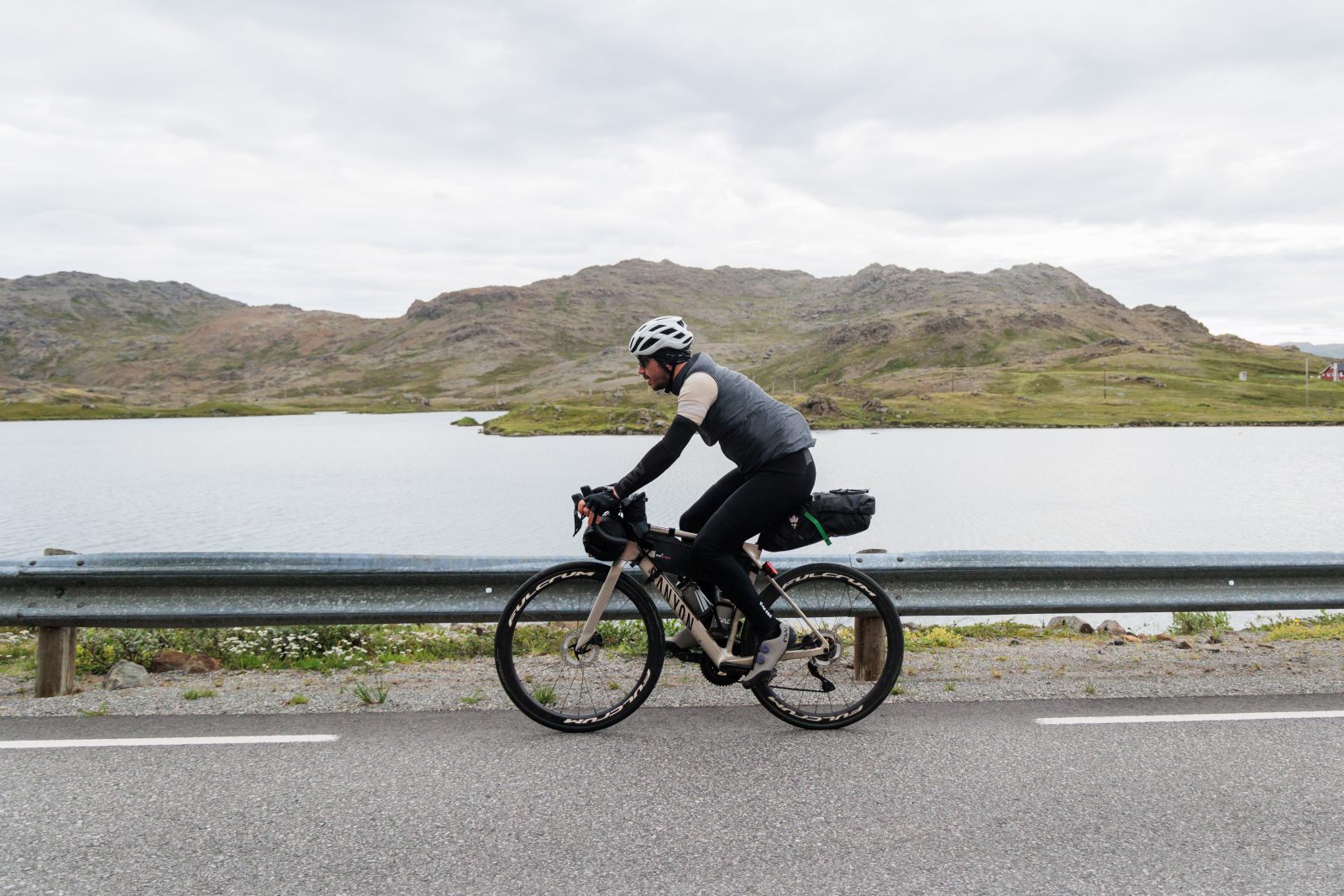
Managing Water and Handlebar Bags
As for water, I tackled the entire trip with two 550 ml bottles each mounted on the frame and a 600 ml bottle in the little bag next to the handlebar mount.
With this setup I never had hydration problems: even on the longest stretches between towns, a liter and a half of total water always proved sufficient.
And speaking of the handlebar feed bags, I want to emphasize how useful they were.
At first I thought they were a superfluous accessory, but they changed my life on the road: they allow you to have everything within reach, without having to dismount bags or rummage through the frame bag.
I put everything in there — energy bars, amino acids, dried fruit, sandwiches bought along the way, and even the vest on warmer days, to avoid soaking it with sweat in the back pockets.
They're small bags, but with a big impact on daily practicality: they make it easier to drink, eat, or adjust without stopping.
And on a journey of thousands of kilometers, it's precisely these small smart solutions that make the difference between a comfortable experience and a frustrating one.
How did you manage clothing? Were the spare sets enough?
Clothing management was reduced to the essentials, precisely to stay true to the principle of lightness.
I only had two cycling chamois, which I alternated every day to let them rest: after 12 hours in the saddle, the chamois needs to recover its shape, and the rear end is thankful too.
This meant that every evening I had to wash clothes.
When I found a washer and dryer it was a small celebration, but in most cases I made do: I would fill the sink with a bit of water and hand soap and wash everything by hand.
Drying was the most complicated part.
In Northern countries, fortunately, you often find electric heaters or radiators on even in summer, and when they were there I used them to hang clothes.
Otherwise I used the hair dryer, and in the worst cases, if I knew they wouldn't dry in time, I put the clothes back on still damp or dirty.
It only bothers you for the first ten minutes — then, once you start pedaling, you sweat, the routine kicks in, and everything goes back to normal.
In practice, my strategy was simple: wash everything every evening, let it dry as best as possible, and leave the next morning with what you have.
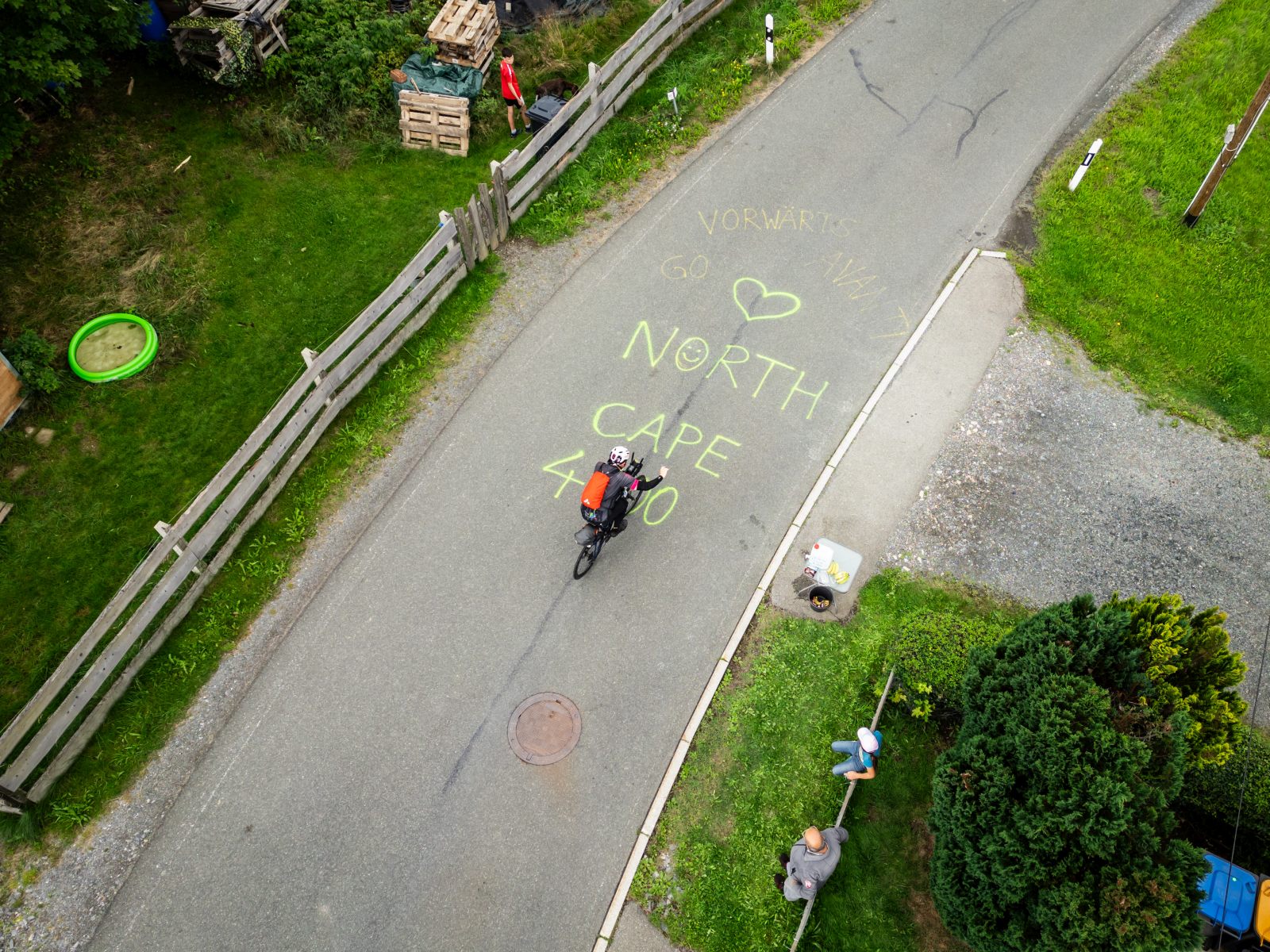
What were the items you didn't think were so important but turned out to be essential?
There are four, all related to one part of the body: the rear end.
Anyone who spends many hours in the saddle knows well that this is the critical point, and keeping it in good shape — that is, clean, dry, and healthy — is an absolute priority.
If the rear end gives out, the trip is over.
I already knew that the saddle and the chamois are two elements you shouldn't skimp on: my well-broken-in saddle and a high-quality chamois did their part, but the real discovery was the two creams.
One before getting on the bike, to prevent irritation and reduce chafing; the other after the shower, to regenerate the skin and keep it in perfect condition.
These two creams made a huge difference: despite the many hours in the saddle, no abrasions, no prolonged discomfort.
And then there's an often-ignored but equally important aspect: personal care of the contact zone between the buttocks and saddle.
It's a delicate topic, but crucial.
In my case, I chose to trim the hair in the area, not shave it to the skin: this prevents the hair from becoming ingrown as it grows back, which, on a trip, can become a real disaster, and helps keep the skin cleaner and less prone to irritation.
Obviously it's a personal choice: everyone has a different build and amount of body hair, but what's important is that the area be well cared for, clean, and dry.
One last tip for the rear end: sleep without underwear
It may seem like a trivial detail, but this too is part of body care during such long trips.
After so many hours in the saddle, with tight cycling shorts and the chamois in constant contact with the skin, the genital area needs to breathe.
Skipping underwear at night allows the skin to air out, to dry completely from sweat, and to reduce moisture, one of the main causes of irritation and skin infections.
Moreover, for men, it eliminates any additional pressure on the testicles, which remain compressed between chamois and saddle all day long. It's a small gesture, but it helps circulation and promotes more natural tissue recovery.
Sports medicine specialists always recommend giving the skin at least a few hours of freedom after long periods of pressure or friction, and nighttime is the perfect moment to do so.
It may seem like a minor precaution, but on a journey of thousands of kilometers, every little attention to the skin makes the difference between a comfortable ride and a day of suffering.
In summary, "saddle area management" is a balance between good saddle, comfortable shorts, the right creams, and careful hygiene.
A body part that many underestimate, but that can literally determine the success or failure of a journey.
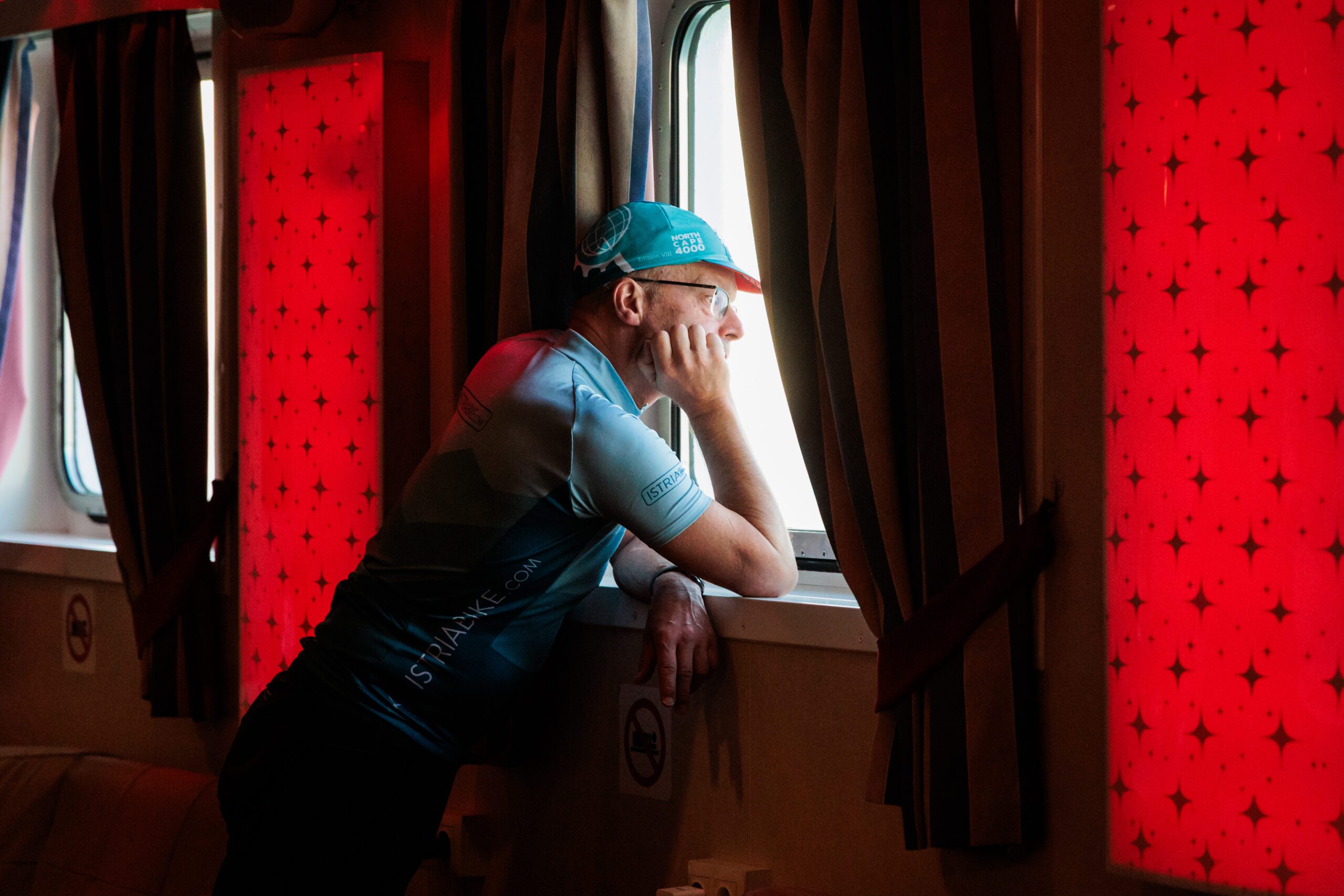
Is there a small, almost insignificant item that truly improved the quality of your trip?
Yes, earplugs.
They seem like an irrelevant detail, but they proved to be one of the most valuable accessories I brought with me.
After a full day in the saddle, the only thing that truly matters is sleeping well.
You can have perfect equipment, the best bike, the most comfortable saddle in the world — but if you don't sleep, you won't perform the next day, and every kilometer weighs twice as much.
That's why earplugs became my best allies: they guaranteed me deep sleep wherever I was.
On the ferry, where the ventilation system makes a constant, metallic noise.
In shared rooms with other participants, where a single snore is enough to ruin the night.
Or in small dormitories along the route, where silence is a rare luxury.
They're tiny objects, extremely lightweight, that take up no space and are often forgotten, but they make the difference between a night spent tossing and turning in bed and a true night of recovery.
And on a journey like the NorthCape4000, rest is an integral part of the equipment.
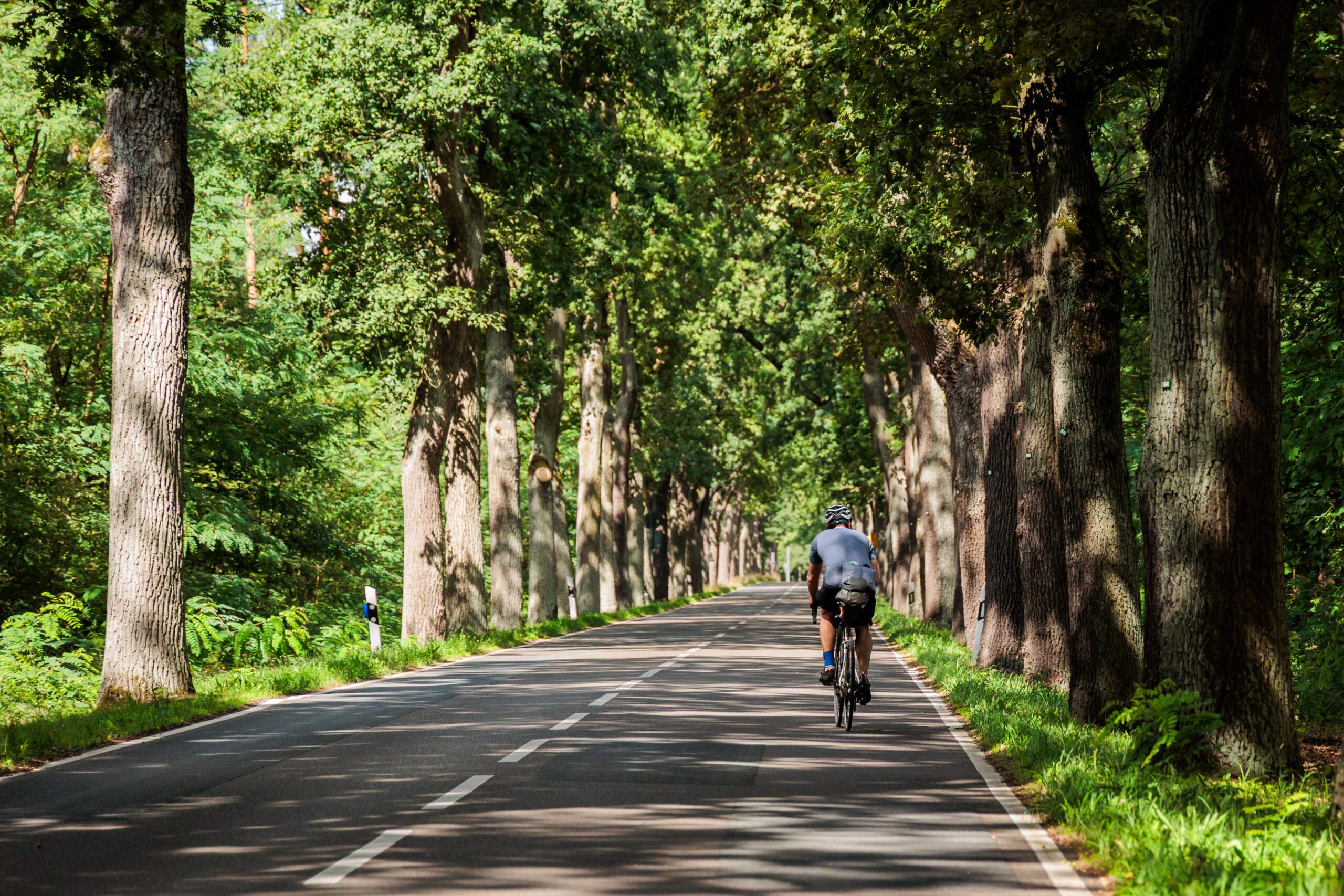
How did you manage recharging the GPS, lights, and phone?
I thought long and hard about the energy question.
The front light I had chosen also included an integrated power bank: I almost never used it to illuminate the road (thanks to the "midnight sun"), but it was essential when the GPS started having charging problems.
For two days I cycled with the GPS connected directly to the light/power bank.
I also had a backup GPS, because without a track you can't continue.
Every evening I recharged everything at the accommodation (I always slept in hotels or B&Bs) using a multi-charger with four USB ports.
This allowed me not to use the power bank except in emergencies.
Did you make modifications to the bike to improve comfort or durability?
Yes, some targeted choices:
- Saddle: my trusted saddle, already tested and perfect for me.
- Bike: a model designed specifically for endurance, therefore robust and very comfortable, ideal for carrying bags and tackling long distances.
- Pedals and shoes: mountain bike cleats with gravel shoes, to be able to walk safely even on wet surfaces, where road shoes become very dangerous.
- Tires: reinforced, with inner tubes (not tubeless), heavier but zero punctures throughout the entire trip.
- Bottle cages: with side extraction, essential with the frame bag mounted.
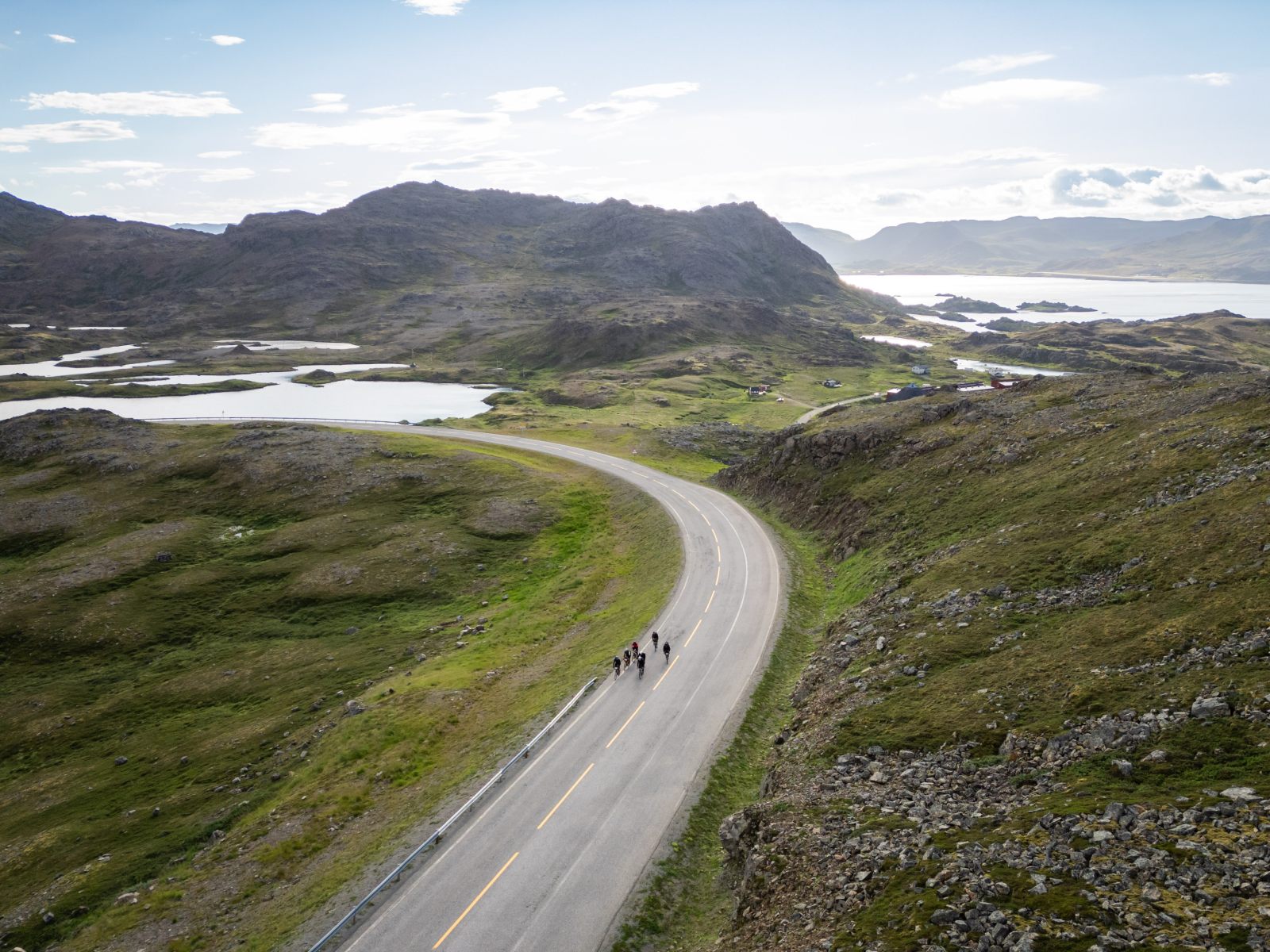
What was the item that proved useful in a way you didn't expect?
Without a doubt, flip-flops.
I had put them on the list thinking only of the most obvious use — the shower, perhaps to avoid walking barefoot in the bathrooms of the accommodations — but they proved to be much more important than that.
Cycling for so many hours a day, the feet also require attention and care.
They remain compressed, damp, and often tired inside bike shoes: as soon as you finish pedaling, letting them free is immediate relief.
The flip-flops allowed me to let my feet breathe, dry them out, stretch my toes, and walk without pain.
I used them constantly: to go to dinner, to walk around villages, even with socks on when it was cold.
It may not be the height of elegance, but on a journey functionality always wins over form.
Over time I understood that feet too, just like hands and the saddle area, are part of the cyclist's "vital triangle": they're the three contact points with the bike, and if one of these starts to hurt, the journey changes completely.
Hands hold up, the saddle area endures, but if the feet give out — if they start burning, swelling, or aching — every pedal stroke becomes a problem.
That's why today flip-flops will never be missing from my setup: a small item, extremely lightweight, but capable of giving the body that break it needs to go far.
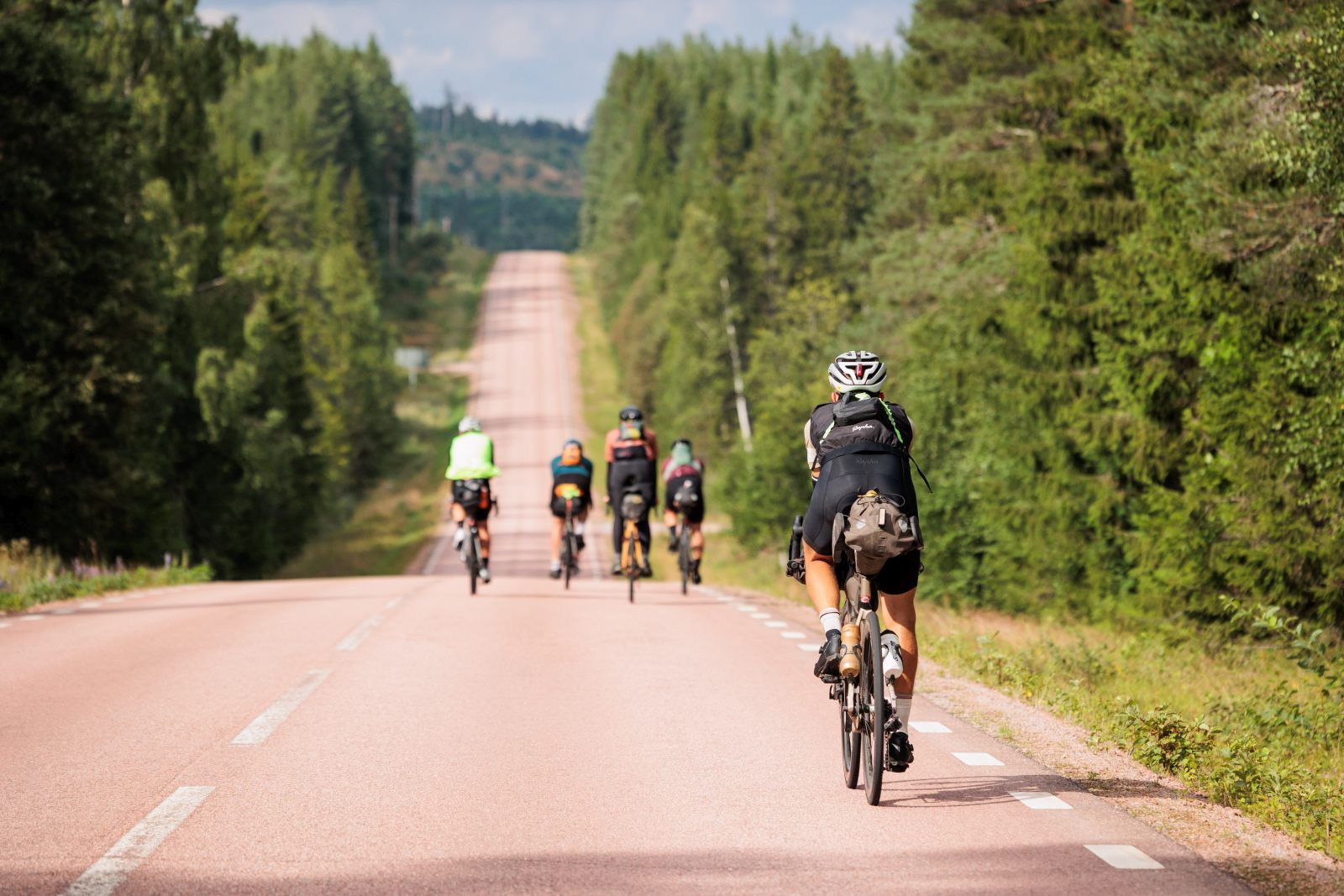
Did you have technical problems along the route? What would you recommend bringing as minimum essential spare parts?
Yes, I had a technical problem right away, on the first day of the journey.
I fell accidentally — nothing serious fortunately — but the bike took a hit right on the headset, which locked up. The handlebar had become stiff, almost rigid, and I immediately understood it would be a problem.
Luckily I had with me the specific wrench for my bike, a long wrench that's used precisely to adjust the steering axis from inside. It's not a tool you find easily, and it's certainly not a universal wrench: you need to know your bike and know what can break or jam.
That wrench saved my journey.
I tried loosening and tightening several times, but the problem didn't resolve immediately. I had to cycle for almost a thousand kilometers with slightly sluggish steering, because if I tightened it too much the handlebar wouldn't turn. It was a situation to manage carefully, but I couldn't stop.
The integrated headsets of modern bikes, like mine, are very convenient in terms of aesthetics and aerodynamics, but in case of failure they become a nightmare: to replace them you need to cut the brake cables and do the bleeding, so an operation impossible to do while traveling.
In the end, after several attempts, I managed to fix it. Evidently the impact had only displaced some component, and after a while it returned to its natural position.
From that experience I understood one thing: technical mishaps are part of the adventure, and they don't always resolve immediately.
For this reason I advise everyone to bring the specific tools for their own bike, not just generic ones.
Knowing how to manage basic emergencies — a puncture, a derailleur adjustment, a loose screw — makes the difference between continuing the journey or being stuck on the side of the road.
How did you organize yourself to face such different weather conditions?
Weather management is one of the most important aspects when tackling a journey to North Cape.
You start from central Europe in the middle of summer, often with over 30°C, and you arrive in areas where temperatures can drop sharply, even below 10°C. It's not the norm, but it can happen, and you must be prepared.
For this reason I chose to dress in layers, bringing with me everything necessary to stack layers and easily adapt to temperature variations.
It's a simple but infallible system: you add or remove garments based on the weather, and you always manage to maintain a comfortable body temperature.
The garments that proved most useful were arm warmers, leg warmers, and windproof vest.
Arm warmers in particular are perfect: you can wear them with a short-sleeved jersey, and if the temperature rises you just lower them to your wrists without even taking them off.
The same goes for leg warmers: they're not super comfortable, but they save you from carrying long pants, allowing you to cycle almost always in shorts.
The windproof vest is the other key element: extremely lightweight, but capable of making a difference when the wind changes or the sun sets.
The other fundamental aspect was technical underwear.
I had two versions: a lightweight sleeveless one for mild days and a heavier merino wool one for cold or humid stages.
Underwear is often underestimated, but it's the foundation of thermal management: choosing the right one for the day can completely change the perception of cold.
Throughout the entire journey I never suffered from cold.
The emergency down jacket I had brought I never used, and that says a lot about how effective modular, well-thought-out clothing is.
Dressing in layers, with technical garments that dry quickly, is the best strategy for tackling a journey that goes from Berlin to the Arctic Circle without ever being caught off guard by the weather.
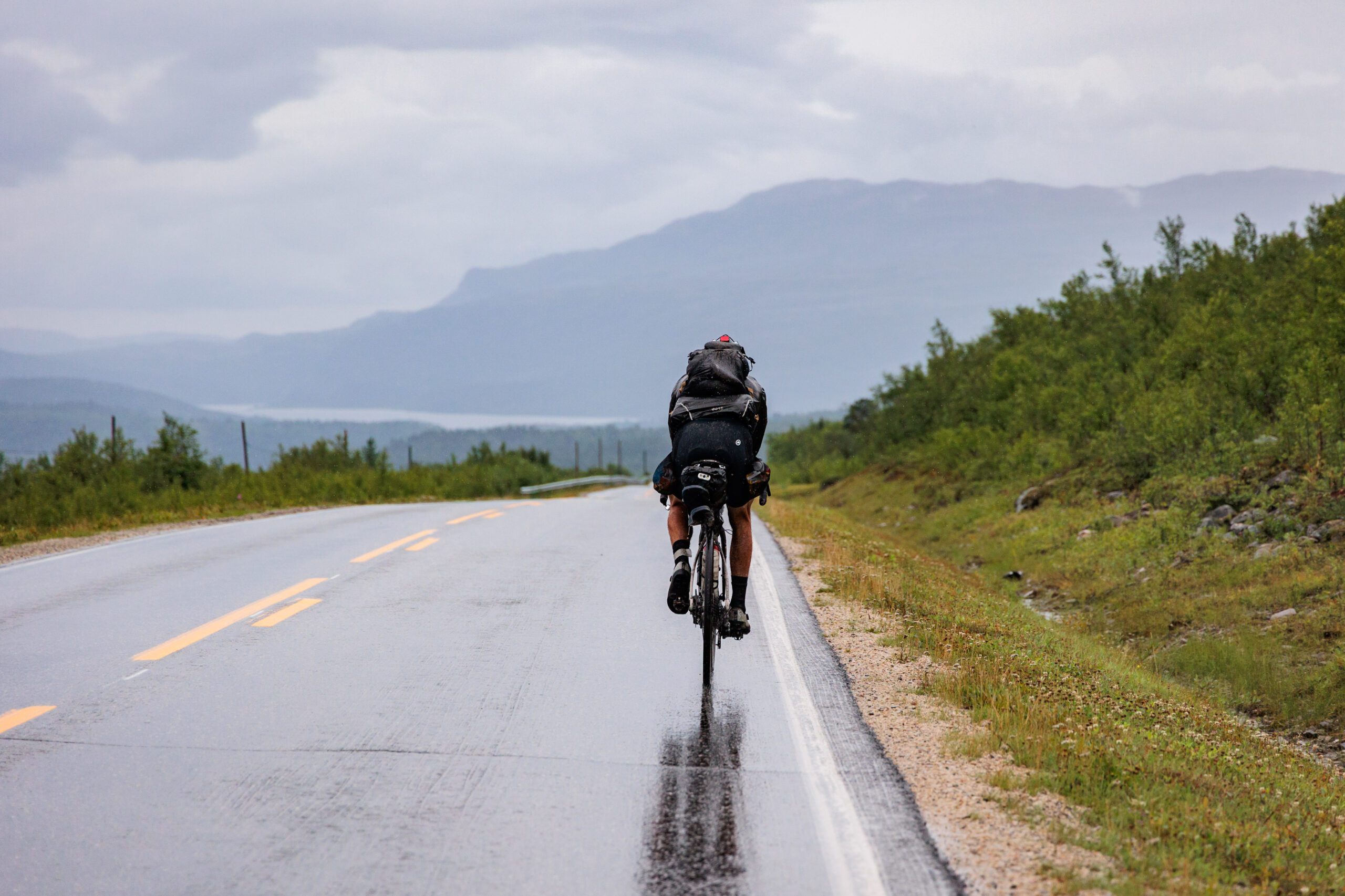
What was your typical daily routine?
My routine was always more or less the same. I would wake up at five in the morning, almost every day. Only on rare occasions, when I had stayed up late the night before or felt that my body needed to recover, would I allow myself an extra hour of sleep, but never past seven.
As soon as I woke up, I tried to eat something, even if I wasn't always hungry. It's essential to do so, because the body needs energy and fluids right from the start. I would try to drink something hot, then apply chamois cream, get dressed, and start preparing the bike. Before leaving, I always checked that I hadn't forgotten anything in the room. It may seem like a detail, but on such a long journey, every single item matters. Forgetting even just a small accessory can become a serious problem.
Once I had loaded the bags onto the bike and turned on the instruments, I would check the GPS track for the day and set off. From that moment, the real day of travel began.
I always followed a personal rule about food: when you can, eat. You should never take for granted that you'll find a place to stop, so if the opportunity arises, it's best to take advantage of it. Even just to drink something hot or take a short break, which also helps the mind tremendously.
During the day, I tried to have three main meals. In addition to an early morning breakfast, I would have a substantial snack mid-morning, then lunch and finally dinner. Plus, I always had something to eat with me while riding: bars, dried fruit, sandwiches. I never rode without supplies, because there can always be a moment of sudden hunger in an isolated stretch.
Once I arrived at my destination, first of all I would decide whether to stop for groceries for the next day's breakfast or for something light to eat in the evening. Then, in my room, I would take a shower, apply post-ride cream, and change. Before dinner, I always washed the clothes I had worn during the day, so they would have more time to dry overnight.
After dinner, I would recharge all the devices—phone, lights, GPS—and do a quick check of all the equipment. I would make sure I had everything with me and note any needs for the next day.
Finally, I would save the day's track on the GPS and load the one for the next stage.
I had already booked all the accommodations in advance, and this helped me a lot to stay focused on riding, without having to worry every day about finding a place to stay.
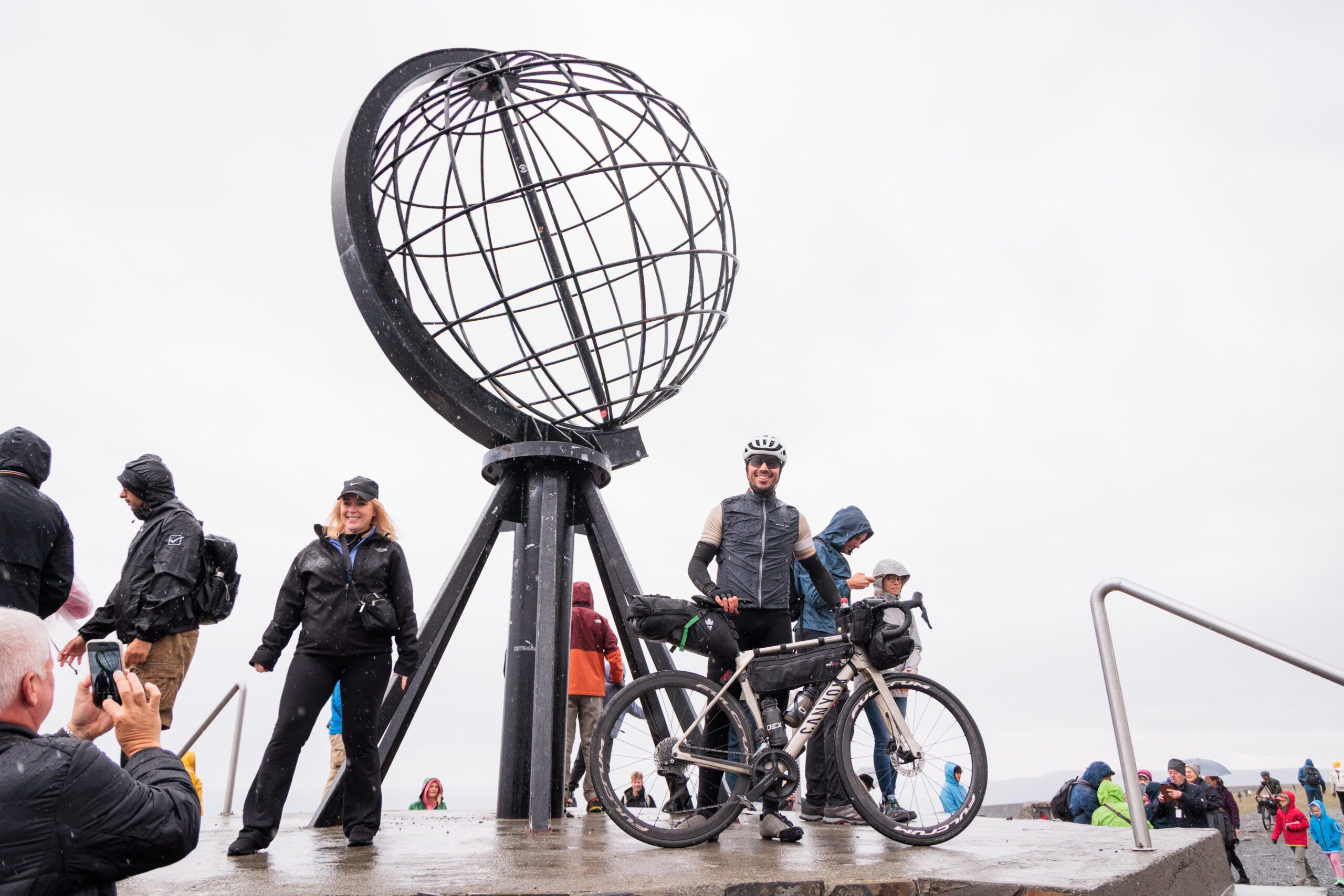
Did you have physical problems during the journey? How did you manage them?
During this journey, I truly understood something that perhaps everyone knows, but doesn't always fully realize: the chain always breaks at its weakest link.
You can be strong and prepared in everything, but a single weak point in the body is enough to test the entire balance.
In my case, the weak point has always been my knees. I have a particular build that makes them more delicate, and even though I had worked a lot on preparation, muscle strengthening, and tendon stability, after hundreds of kilometers a day for two weeks, the problem came back.
I managed to handle it better than expected, thanks to prevention and the use of anti-inflammatories when needed. It was a pain I knew, and precisely for this reason I was ready to contain it.
The surprises, however, came elsewhere.
I had never experienced pain in my triceps and shoulders, yet in the first few days they appeared. Probably related to the position in the saddle and the tension accumulated in the arms. Fortunately, they resolved on their own after a few days of adjustment.
Another critical area, as already mentioned, were my hands.
You have to be very careful not to compress the nerves too much, because you risk losing sensation in your fingers and palm. It often starts with the pinky and then spreads, and it's a discomfort that many cyclists underestimate.
Knowing this, I dedicated a few minutes each evening to simple hand stretching exercises, to loosen the tendons and reactivate circulation. This allowed me to limit the damage and reduce everything to a minor temporary discomfort.
In general, I believe that prevention makes the difference.
It's not enough to treat the body when pain arrives: you have to prepare it, know it, and respect it every day. On a journey like the NorthCape4000, the body is the real machine, and every small signal must be listened to before it becomes a problem.
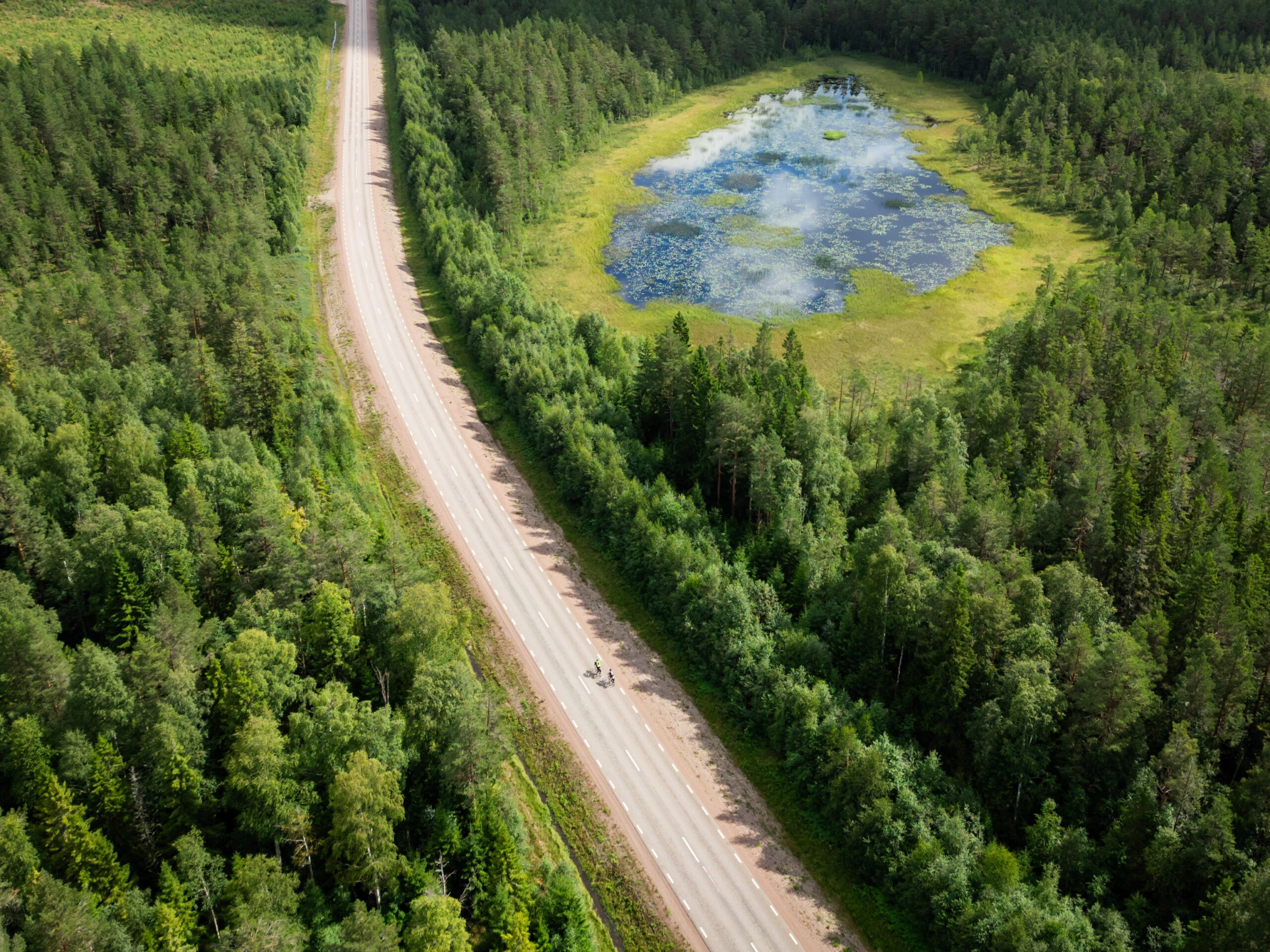
If you had to leave again tomorrow, what would you change in your setup?
I would definitely pay much more attention to my hands.
I would use super comfortable gloves with gel, a more cushioned handlebar tape, and, if possible, a round-section handlebar instead of a flat one.
I would also add a phone mount: during such a long journey, being able to consult the screen for small detours or searches is really convenient.
For the rest, I wouldn't change anything. I used everything I had brought and I didn't miss anything, except for acetaminophen, which I would have needed one evening to bring down a fever (which fortunately was only due to excessive fatigue from the day).
The forgotten things (and the superfluous ones)
Among the unused items, I would say the emergency down jacket: fortunately I never needed it, but I would definitely bring it again.
Among the things I forgot, however, in addition to the acetaminophen, there are the more padded gloves and a thick handlebar tape.
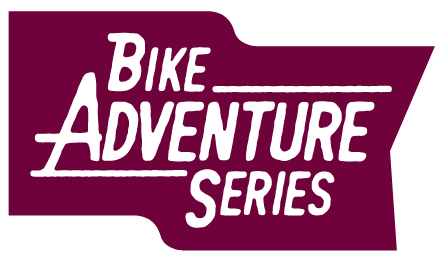

Add comment